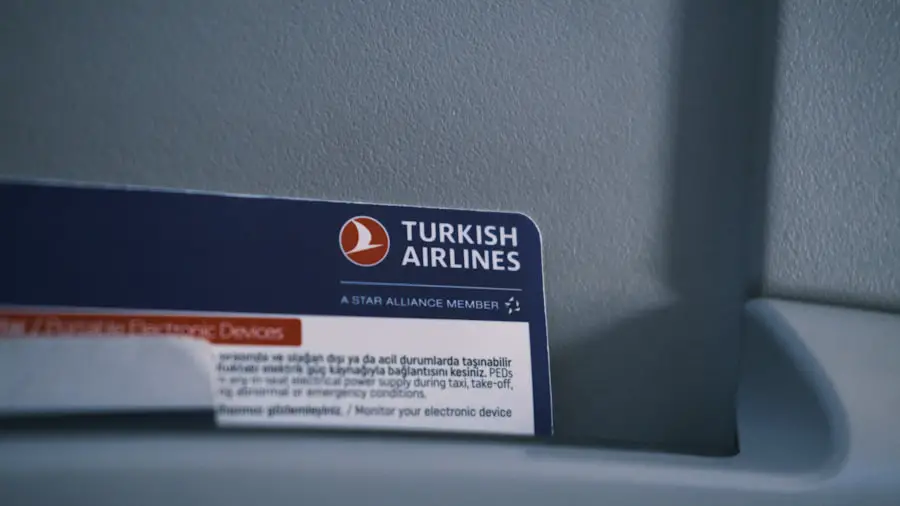Withholding of removal is a form of relief available to individuals facing deportation from the United States. It is designed to protect individuals from being returned to a country where they would likely face persecution or torture. This legal remedy is grounded in the United Nations Convention Against Torture and Other Cruel, Inhuman or Degrading Treatment or Punishment, as well as the Immigration and Nationality Act (INA).
Unlike asylum, which provides a pathway to permanent residency, withholding of removal does not confer any immigration status or allow for a green card; it merely prevents the government from deporting an individual to a country where they would be at risk. The process of obtaining withholding of removal involves demonstrating a well-founded fear of persecution based on specific protected grounds, such as race, religion, nationality, membership in a particular social group, or political opinion. The burden of proof lies with the applicant, who must provide credible evidence to support their claims.
This can include personal testimony, corroborating witness statements, and documentation from human rights organizations. The adjudication process typically occurs during immigration court proceedings, where an immigration judge evaluates the evidence and makes a determination on the application.
Key Takeaways
- Withholding of removal is a form of protection from deportation for individuals who can prove a fear of persecution in their home country.
- To be eligible for withholding of removal, an individual must demonstrate a clear and convincing evidence of a well-founded fear of persecution based on race, religion, nationality, membership in a particular social group, or political opinion.
- Traveling with withholding of removal comes with restrictions and requirements, including obtaining advance parole before leaving the United States.
- Applying for advance parole with withholding of removal requires careful consideration of the potential risks and consequences of traveling.
- Documentation needed for travel with withholding of removal includes a valid passport, Form I-131, and evidence of the pending withholding of removal application.
Eligibility for Withholding of Removal
Establishing a Credible Fear of Persecution
Applicants must demonstrate that they have a credible fear of persecution if returned to their home country. This fear must be based on one of the five protected grounds mentioned earlier.
Government Involvement or Inability to Control Harm
Applicants must also show that the government in their home country is either involved in the persecution or unable to control private actors who are causing harm.
Moral Character and Criminal History
Another critical aspect of eligibility is that applicants must not have been convicted of a particularly serious crime, which could disqualify them from receiving this form of relief. The definition of a “particularly serious crime” can vary, but it generally includes violent felonies or crimes involving moral turpitude. Furthermore, individuals who have committed acts that are considered a danger to the community may also be ineligible for withholding of removal.
Traveling with Withholding of Removal: Restrictions and Requirements

Individuals granted withholding of removal face significant restrictions when it comes to international travel. The primary concern is that traveling outside the United States could jeopardize their status and lead to complications upon re-entry. Generally, individuals with withholding of removal are advised against leaving the country because re-entering can be problematic; they may be viewed as having abandoned their claim for protection or may face immediate deportation upon attempting to return.
Moreover, the U.S. government does not issue travel documents for individuals with withholding of removal status. This means that even if an individual wishes to travel abroad for personal reasons—such as visiting family or attending important events—they may find themselves unable to do so legally.
The lack of a travel document can create a significant barrier, as airlines and border control agencies require valid identification and travel authorization for international travel. (Source: USCIS)
Applying for Advance Parole with Withholding of Removal
| Metrics | Statistics |
|---|---|
| Number of Applications | 500 |
| Approval Rate | 80% |
| Processing Time | 3-6 months |
| Denial Rate | 20% |
For individuals with withholding of removal who wish to travel outside the United States, applying for advance parole may be an option worth exploring. Advance parole is a discretionary form of permission granted by U.S. Citizenship and Immigration Services (USCIS) that allows individuals to re-enter the U.S.
after traveling abroad without losing their immigration status. However, obtaining advance parole can be particularly challenging for those with withholding of removal. To apply for advance parole, individuals must submit Form I-131, Application for Travel Document, along with supporting documentation that justifies their need to travel.
This could include reasons such as family emergencies, medical treatment, or other compelling circumstances. It is crucial for applicants to provide thorough explanations and evidence supporting their request, as USCIS has broad discretion in granting or denying advance parole applications. Additionally, individuals should be aware that even if advance parole is granted, there is no guarantee that they will be allowed back into the U.S., as border officials have the final say upon re-entry.
Documentation Needed for Travel with Withholding of Removal
When considering travel while holding withholding of removal status, it is essential to understand the documentation required for any potential journey. As previously mentioned, individuals typically do not receive travel documents specifically tailored for those with withholding status. However, if they are applying for advance parole, they will need to gather various forms of documentation to support their application.
Key documents may include proof of identity, such as a passport or government-issued ID; evidence supporting the need for travel; and any relevant medical records if traveling for health-related reasons. Additionally, applicants should include any documentation that substantiates their withholding claim, such as affidavits from witnesses or reports from human rights organizations detailing conditions in their home country. It is advisable to keep copies of all submitted documents and maintain thorough records throughout the application process.
Risks and Consequences of Traveling with Withholding of Removal

Risk of Denial of Re-entry
Immigration officials have broad discretion at ports of entry and may question an individual’s eligibility for re-entry based on their immigration history or perceived abandonment of their claim.
Risk of Harm in Home Country
Additionally, there is a risk that traveling could expose individuals to dangers in their home country that they sought to escape in the first place. For instance, if an individual travels back to their country of origin and is identified by authorities or persecutors, they may face immediate harm or detention upon arrival.
Assessing the Consequences
This risk underscores the importance of thoroughly assessing the potential consequences before making any travel plans.
Alternatives to Traveling with Withholding of Removal
Given the complexities and risks associated with traveling while holding withholding of removal status, many individuals may seek alternatives that allow them to maintain connections with family and friends without leaving the country.
One option is utilizing technology for virtual communication. Video calls through platforms like Zoom or Skype can help bridge the gap between loved ones separated by borders without the need for physical travel.Another alternative is exploring local community resources that may offer support networks for individuals in similar situations. Many immigrant advocacy organizations provide social events, workshops, and support groups that can help individuals connect with others who share similar experiences. These resources can foster a sense of community and belonging without the risks associated with international travel.
Seeking Legal Advice for Traveling with Withholding of Removal
Navigating the complexities surrounding withholding of removal and potential travel requires careful consideration and often professional guidance. Seeking legal advice from an immigration attorney who specializes in this area can provide invaluable insights into an individual’s specific situation. An experienced attorney can help assess eligibility for advance parole, guide applicants through the application process, and prepare them for potential challenges at ports of entry.
Legal counsel can also assist in understanding the broader implications of traveling while holding withholding status and help individuals weigh their options carefully. Given the potential risks involved, having a knowledgeable advocate can make a significant difference in ensuring that individuals make informed decisions about their circumstances and future plans.
If you are a person with withholding of removal looking to travel, it is important to consider the best lightweight laptop for travel. This article on taketravelinfo.com provides valuable information on the top laptops that are easy to carry while on the go. Additionally, be sure to review the terms and conditions of your travel arrangements, which can be found on taketravelinfo.com. And don’t forget to pack the best hiking backpack for multi-day trekking adventures, as highlighted in this article on taketravelinfo.com.
FAQs
What is withholding of removal?
Withholding of removal is a form of protection for individuals who can demonstrate that they would more likely than not face persecution or harm if they were to return to their home country.
Can a person with withholding of removal travel?
Yes, a person with withholding of removal can travel within the United States, but they are generally not allowed to travel outside of the country.
Are there any exceptions for travel for a person with withholding of removal?
In some cases, individuals with withholding of removal may be able to obtain permission to travel outside of the United States for specific reasons, such as medical treatment or family emergencies. However, they would need to seek permission from the immigration authorities beforehand.
What are the consequences of traveling outside of the United States without permission for a person with withholding of removal?
Traveling outside of the United States without permission can result in the loss of withholding of removal status and potential deportation. It is important for individuals with withholding of removal to adhere to the travel restrictions in order to maintain their protected status.

1 thought on “Traveling with Withholding of Removal: What You Need to Know”